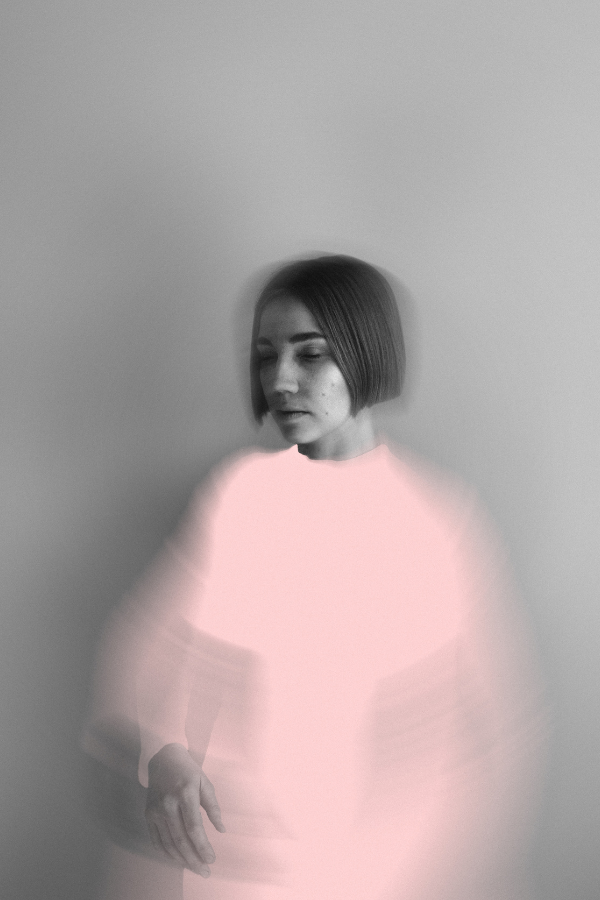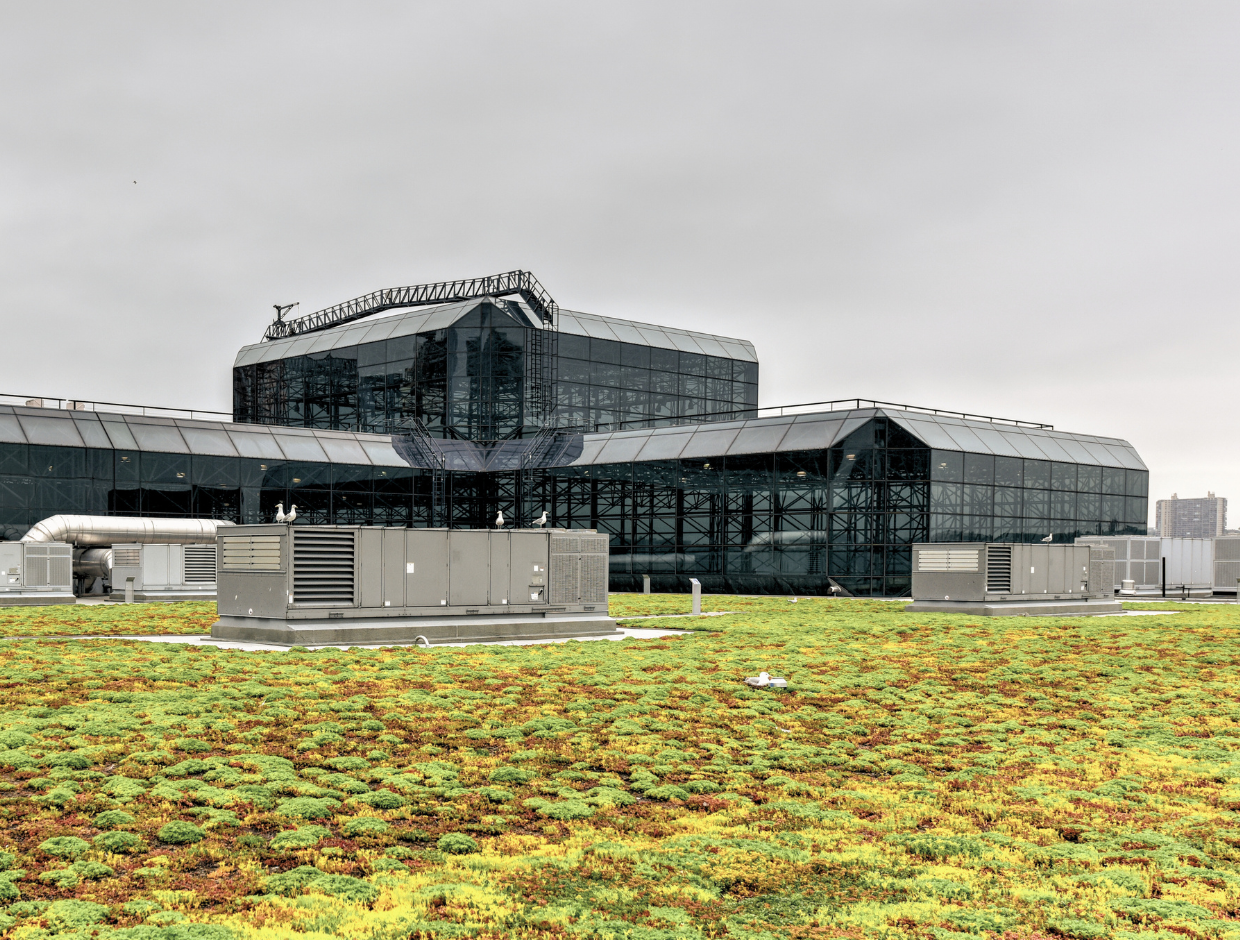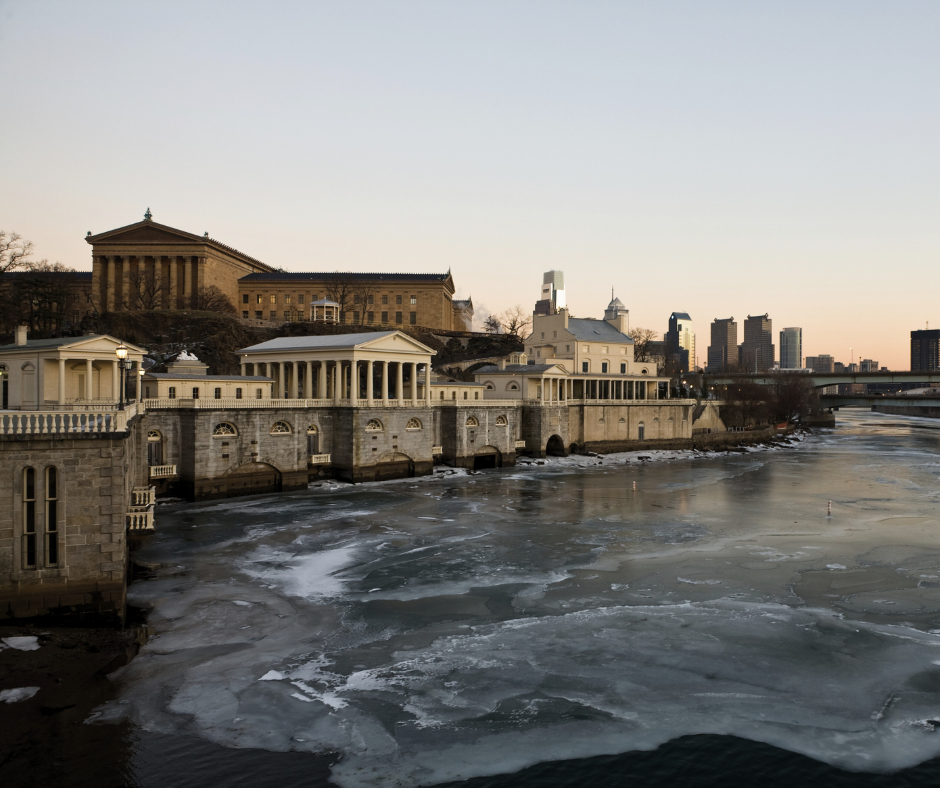

The Best Art Museums Philadelphia Has to Offer
Summary
Reflection Questions
Journal Prompt
A city steeped in American history, Philadelphia is equally renowned for its vibrant art culture—reflective of its diverse and dynamic character. The city’s art museums—which are integral to its cultural fabric—offer a panoramic view of artistic expressions spanning a wide variety of eras, styles, and geographies. These institutions not only preserve and showcase a rich tapestry of artworks but also serve as vital centers for art education, research, and community engagement. Their significance in Philadelphia’s cultural landscape extends beyond mere repositories of art. They are active participants in the ongoing dialogue between the past, present, and future of artistic endeavor. From Impressionist works in the permanent collection of the Barnes Foundation to paintings by Cy Twombly at the Institute of Contemporary Art, read on for a comprehensive list of art museums before you visit Philadelphia.
Philadelphia Art Institutions You Simply Cannot Miss
Arthur Ross Gallery
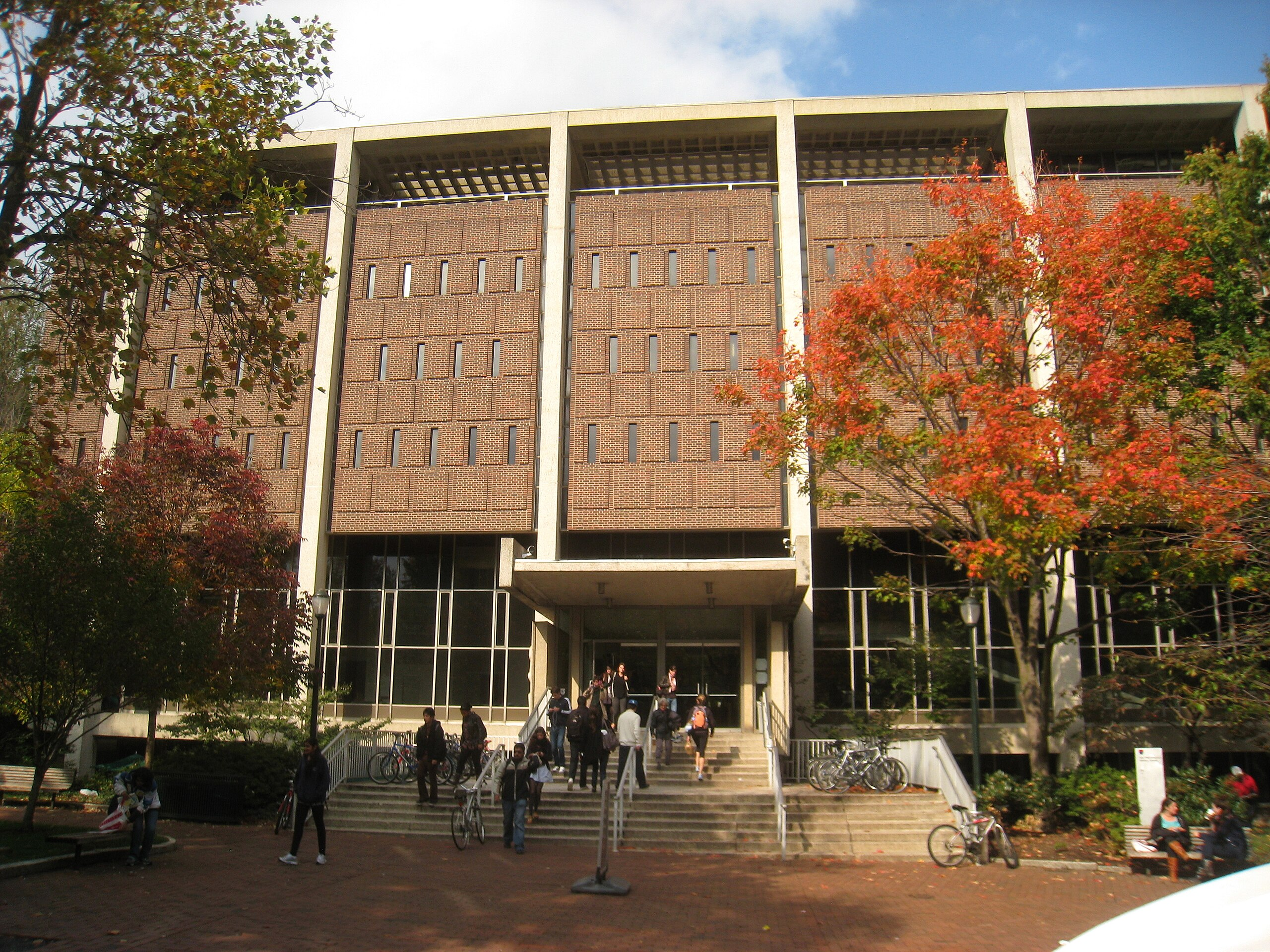

Our first Philadelphia museum is the Arthur Ross Gallery. The Arthur Ross Gallery—found in the University of Pennsylvania—stands as a testament to the university’s commitment to cultural enrichment and academic inquiry. The gallery’s collection is a rich tapestry—showcasing a blend of historical and contemporary art that reflects diverse cultural narratives and artistic expressions. These pieces not only represent the evolution of artistic styles but also echo the academic pursuits of the university.
What sets this Penn museum apart is its approach to exhibitions. In each gallery space, its exhibitions are thoughtfully curated to create a meaningful dialogue between the art and the audience—often incorporating interdisciplinary perspectives that connect art with broader societal and cultural themes.
Moreover, the gallery’s unique features extend to its role as an educational resource. It serves as a space where students, scholars, and the public can engage with art in a more intimate and contemplative setting. This aspect of the gallery underscores its importance not just as a showcase of artistic works, but also as a vibrant center for learning, discussion, and appreciation of the arts within the university and the wider Philadelphia community.
Athenaeum of Philadelphia
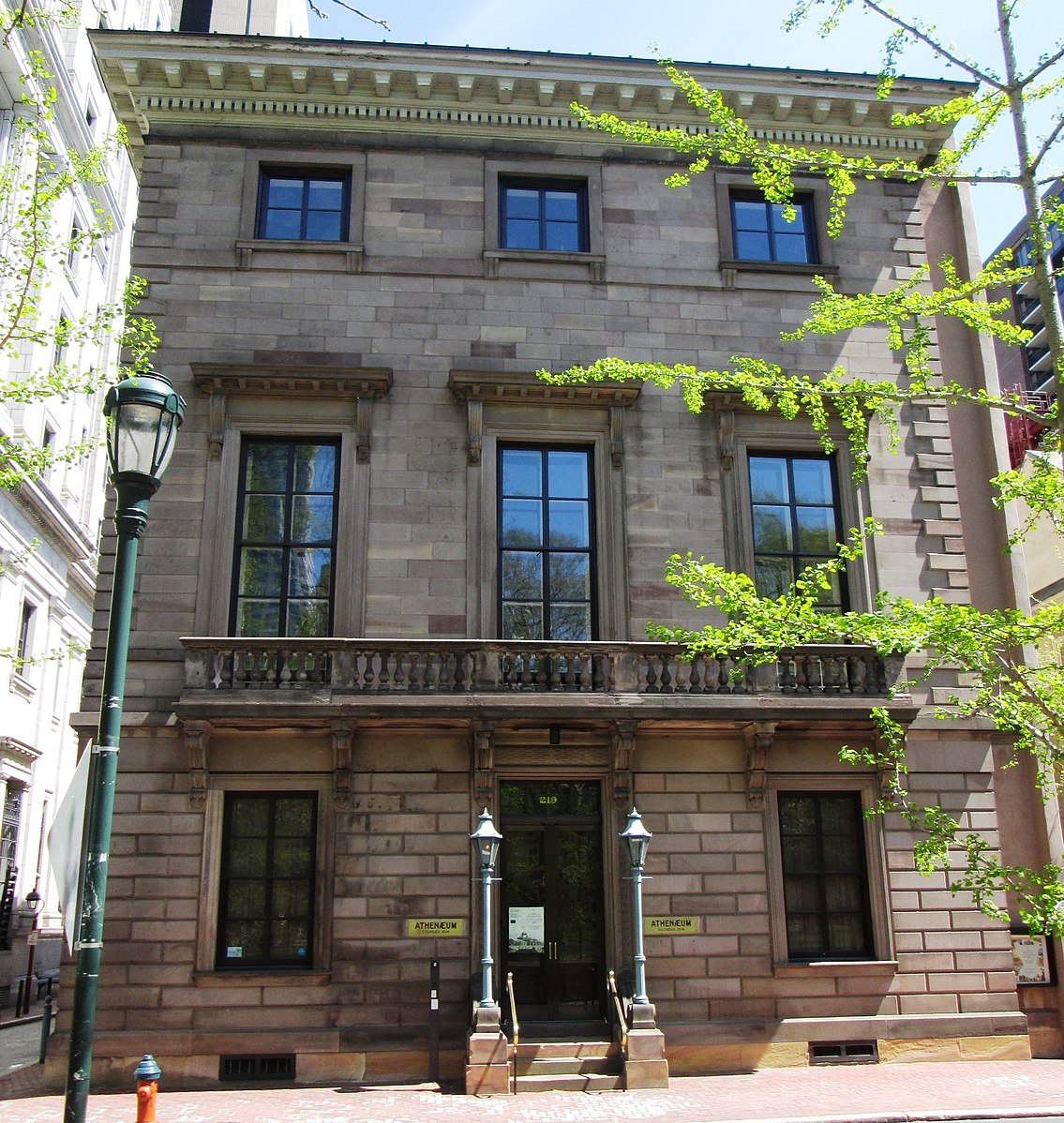

The Athenaeum of Philadelphia is a distinguished institution that occupies a special niche in the city’s cultural landscape, primarily focusing on American fine and decorative arts. Its impressive collection offers a comprehensive view into the richness of American artistic heritage—featuring an array of works that span from historical to contemporary periods. This focus is crucial in understanding the evolution of American art and its influences—providing insights into the country’s cultural and aesthetic development.
In addition to its fine arts collection, the Athenaeum is renowned for its architectural and design history exhibitions. These exhibitions are meticulously curated—showcasing architectural drawings, models, and design artifacts that trace the trajectory of American architectural styles and innovations.
This aspect of the Athenaeum’s offerings is particularly significant, as it provides a context for the artistic movements within the broader scope of cultural and historical development. The exhibitions not only celebrate architectural achievements but also serve as an educational resource—offering visitors a deeper understanding of the interplay between art, design, and the built environment.
The Athenaeum’s commitment to preserving and presenting American fine and decorative arts—along with its focus on architectural and design history—makes it a unique and invaluable part of Philadelphia’s artistic community. Its collections and exhibitions offer both the general public and scholars an opportunity to engage with the multifaceted aspects of American art and design—reinforcing the Athenaeum’s role as a pivotal player in the city’s artistic and cultural narrative.
The Barnes Foundation


The Barnes Foundation in Philadelphia is celebrated for its exceptional collection of Post-Impressionist and early Modern paintings—positioning it as a cornerstone in the world of art museums. This art museum boasts seminal works from artists such as Renoir, Cézanne, Matisse, and Picasso—offering an unparalleled window into the creative transformations that defined the late 19th and early 20th centuries. The significance of these works lies not only in their artistic merit but also in their historical importance—illustrating the evolution of modern art.
Beyond early modernist paintings, the Barnes Foundation’s collection is distinguished by its diversity—encompassing African and Native American pieces. This inclusion reflects a broader, more inclusive view of art history—recognizing the cultural significance and artistic value of non-Western art forms.
The African art collection—for instance—features a range of sculptures, masks, and utilitarian objects, providing insights into the continent’s rich artistic traditions. Similarly, the Native American collection includes pottery, textiles, and other artifacts—showcasing the craftsmanship and artistic ingenuity of indigenous cultures.
The Barnes Foundation’s Mission


The Barnes Foundation’s commitment to showcasing a diverse array of artworks not only enriches visitors’ understanding of global art histories but also challenges conventional narratives in art history. By juxtaposing Western and non-Western art, the museum fosters a more holistic and interconnected view of the art world—emphasizing the importance of cross-cultural influences and exchanges in the development of artistic movements.
This approach makes the Barnes Foundation a vital institution in Philadelphia’s art scene—offering a comprehensive and nuanced exploration of art’s many facets.
The Museum for Art in Wood
The Center for Art in Wood in Philadelphia stands out as an international arts institution with its unique focus on art created from wood. This specialized emphasis sets it apart from other art museums—delving deep into the versatility and artistic potential of wood as a medium. The Center showcases an extensive range of works, from traditional woodworking to contemporary wooden art pieces—highlighting the material’s adaptability across various artistic styles and eras.
This focus on wooden art also provides a distinct lens through which to explore broader artistic themes. The Center’s exhibitions often explore the intersection of craftsmanship and artistry—showcasing how artists transform a common material into extraordinary works of art. These exhibitions not only celebrate the skill and creativity of wood artists but also encourage a deeper appreciation of the material itself—inviting viewers to reconsider the artistic value of everyday materials.
As an international institution, the Center for Art in Wood plays a pivotal role in promoting and preserving wooden art. It serves as a hub for artists, scholars, and enthusiasts from around the world—fostering a global dialogue about this unique art form. The Center’s dedication to wooden art—coupled with its role as a cultural and educational resource—solidifies its significance in the international art community and contributes to Philadelphia’s diverse cultural landscape.
Fuel your creative fire & be a part of a supportive community that values how you love to live.
subscribe to our newsletter
The Galleries at Moore College of Art and Design
The Galleries at Moore College—integral to the Moore College of Art and Design in Philadelphia—represent a significant facet of the city’s art scene. As part of the first and only visual arts college for women in the United States, these galleries embody the college’s commitment to fostering female leadership in the arts. They serve as a dynamic space where students, faculty, and visiting artists can display their work—providing a platform for emerging and established female artists.
The exhibitions hosted at the Galleries at Moore College are diverse—ranging from student and faculty showcases to works by nationally and internationally acclaimed artists. These exhibitions often focus on contemporary art and design—reflecting the college’s forward-thinking approach to art education.
Additionally, the galleries host thematic exhibitions that address relevant social and cultural issues—encouraging discourse on topics that resonate both within the art world and the broader society. Through its connection to Moore College of Art and Design, the Galleries play a crucial role in shaping the next generation of female artists and designers.
They not only provide a space for artistic expression but also contribute to the ongoing dialogue about the role of women in the arts—both historically and in contemporary society.
The Institute for Contemporary Art, Philadelphia
The Institute of Contemporary Art (ICA) in Philadelphia—also affiliated with the University of Pennsylvania—is a prominent venue for contemporary art. Renowned for its avant-garde exhibitions, the ICA dedicates itself to showcasing the latest developments in contemporary art—often featuring works by emerging artists. This commitment to the new and the next in the art world ensures a continually evolving and dynamic experience for visitors.
Within the context of the University of Pennsylvania, the ICA plays a pivotal educational role. It serves as a resource for students and faculty—providing direct exposure to contemporary art practices and fostering academic research and discussion in the field.
This integration with a leading educational institution not only amplifies the ICA’s impact in the art community but also enriches the university’s cultural and intellectual environment.
La Salle University Art Museum
The La Salle University Art Museum—located within the campus of La Salle University in Philadelphia—offers a unique collection that spans from the Renaissance period to contemporary works. This wide-ranging collection enables visitors to experience a broad spectrum of art history through both European and American lenses.
European art in the museum includes works from the Renaissance and Baroque periods—showcasing masterpieces that reflect the artistic evolution of these eras. American art—on the other hand—is represented through various movements and styles—providing insights into the country’s artistic development.
The museum’s diverse collection—which also features modern and contemporary works—highlights significant artistic achievements and trends—offering a comprehensive overview of Western art history.
The Pennsylvania Academy of the Fine Arts (PAFA)
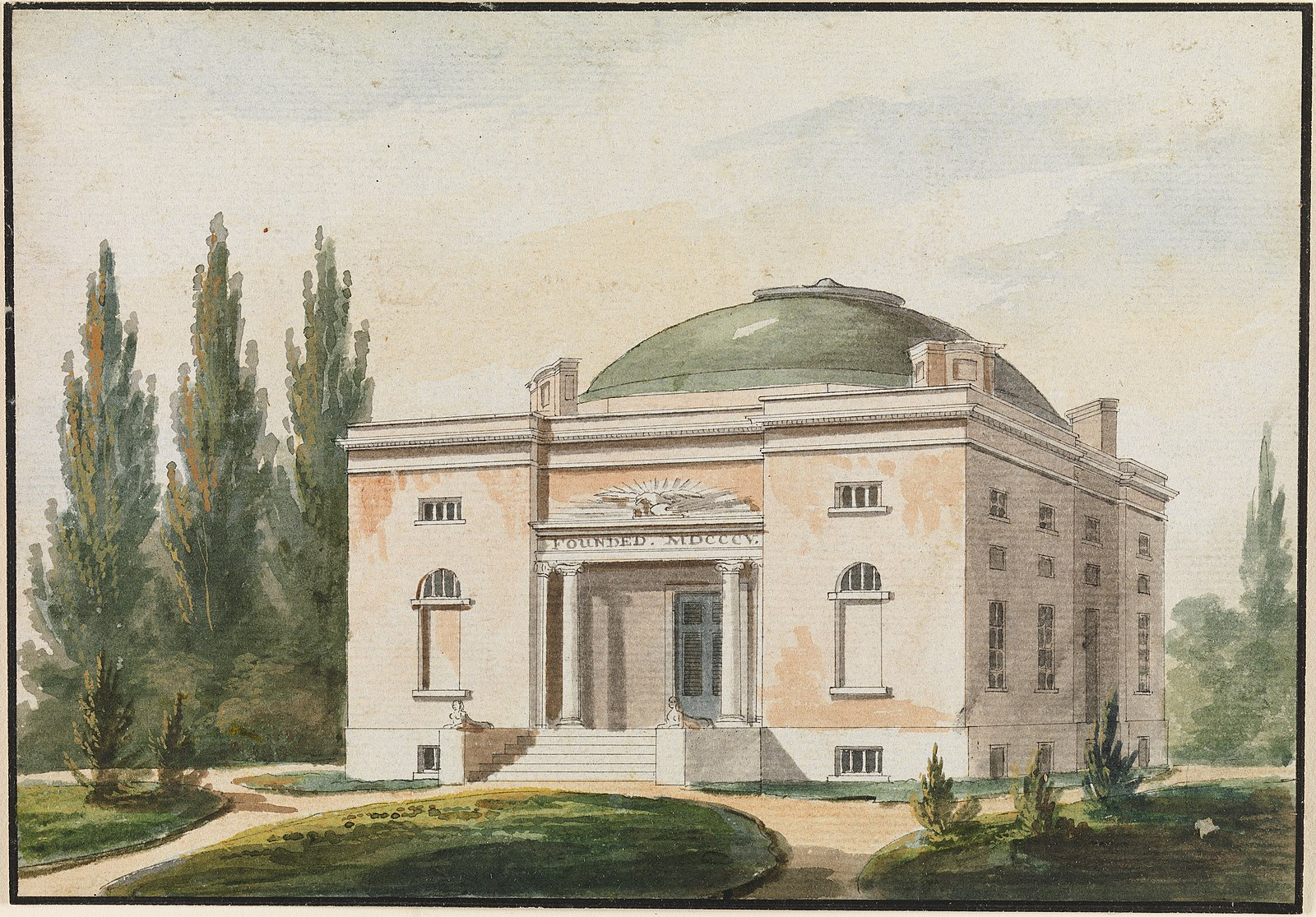

The Pennsylvania Academy of the Fine Arts (PAFA) in Philadelphia holds the distinguished status of being the oldest art museum and school in the United States. Established in 1805, PAFA has a storied history that reflects the evolution of American art and art education over the centuries. This prestigious institution has played a pivotal role in shaping the landscape of American art—both through its educational programs and its museum collections.
PAFA’s museum boasts an exceptional collection of 19th- and 20th-century American art—showcasing works that capture the diverse artistic expressions of these periods. The collection includes a wide array of genres and styles—from traditional portraits and landscapes to more avant-garde pieces, reflecting the dynamic nature of American art.
Through its carefully curated collection, PAFA offers visitors a comprehensive view of the country’s artistic heritage—making it a crucial repository of American art history.
The Philadelphia Museum of Art


The Philadelphia Museum of Art is one of the largest art museums in the United States—renowned for its extensive collection that spans European, Asian, and American art. This vast collection enables visitors to embark on a global artistic journey—exploring a multitude of cultures and periods through a single venue.
The European art collection is particularly notable for its masterpieces from the Renaissance to the modern era, while the Asian art collection offers a rich tapestry of works from across the continent, reflecting diverse artistic traditions. The American art collection includes works from the colonial period to contemporary times—providing a complete narrative of the country’s artistic evolution.
Buildings and Collection Highlights
The museum boasts an extensive collection that spans various artistic disciplines. Notably, the museum’s main building, along with the Perelman Building and the Rodin Museum, forms a triumvirate of art experiences that cater to diverse artistic tastes—from classical sculptures to contemporary art. The museum recently enhanced its appeal with the Core Project, which introduced a new gallery space at the east entrance, improving accessibility and enriching the visitor experience. This space joins the existing gallery spaces that house the museum’s vast array of decorative arts and period rooms, each narrating different cultural and historical dialogues through meticulously curated installations.
Further expanding its offerings, the Philadelphia Museum of Art is respected for the comprehensive resources available within the museum’s library, which supports both casual visitors and academic researchers. The current building’s architectural charm complements the artistic treasures it houses, seamlessly integrating with the scenic vistas of the Schuylkill River. Several years ago, Sylvester Stallone donated the iconic statue of Rocky Balboa to the city of Philadelphia, which is located near the steps of the Philadelphia Museum of Art.
Philadelphia Museum of Art as a Cultural Institution
Additionally, the Philadelphia Museum of Art is acclaimed for its immersive experience—featuring period rooms and an impressive array of furniture and decorative arts. These period rooms offer a window into different historical eras and cultural contexts—allowing visitors to step back in time and experience art within its original setting.
The museum’s collection of furniture and decorative arts complements these rooms—adding to the richness of the historical narrative presented. This aspect of the museum not only enhances the aesthetic experience but also serves as an educational tool—providing insights into the social and cultural histories associated with the artworks.
This museum also frequently collaborates with other important institutions. For example, the Franklin Institute often works with the PMA for special exhibits, educational programs, and events. This collaboration helps enhance the offerings available to visitors and expand the educational impact in the fields of science, technology, engineering, and mathematics (STEM).
The Rodin Museum
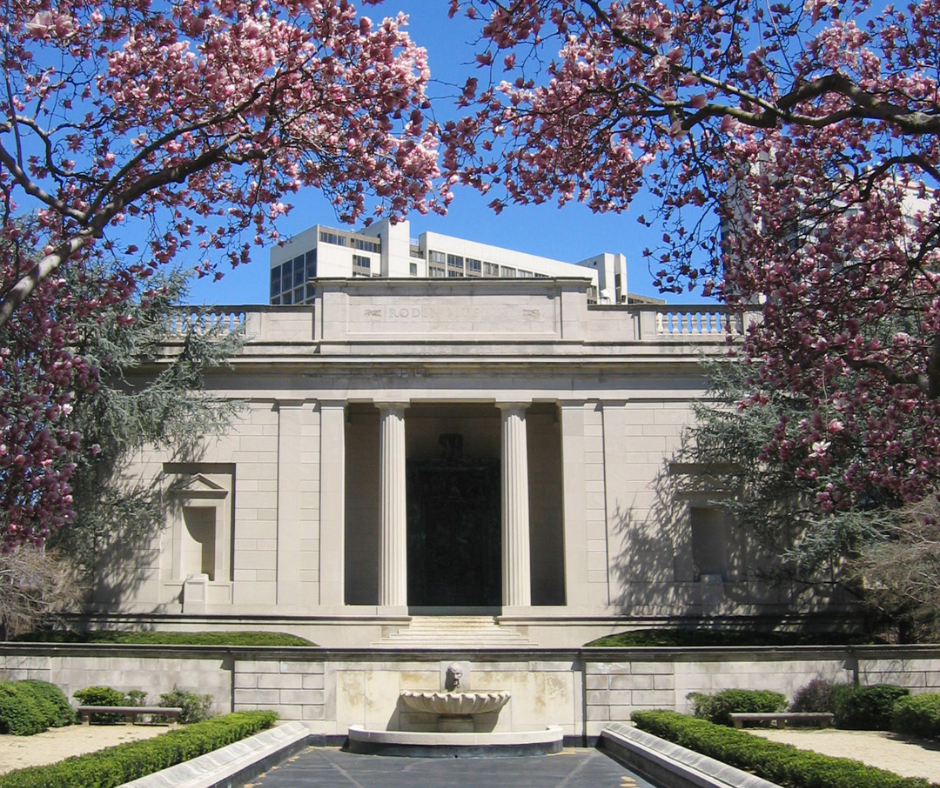

Next on our list of Philadelphia museums is the Rodin Museum. The Rodin Museum in Philadelphia holds the distinction of housing the largest collection of works by the French sculptor Auguste Rodin outside Paris. This museum is dedicated exclusively to Rodin’s oeuvre, offering an in-depth look at the artist’s influential career. The collection encompasses a wide range of Rodin’s works—from early studies to his most famous sculptures.
Key pieces in the museum include iconic works such as “The Thinker” and “The Gates of Hell,” which showcase Rodin’s mastery of depicting human emotion and form. The museum also features lesser-known works—providing a comprehensive understanding of Rodin’s artistic development and techniques.
Through these exhibits, visitors can gain a deeper appreciation of Rodin’s impact on modern sculpture—making the Rodin Museum a crucial destination for art enthusiasts and scholars alike.
Rosenbach Museum & Library
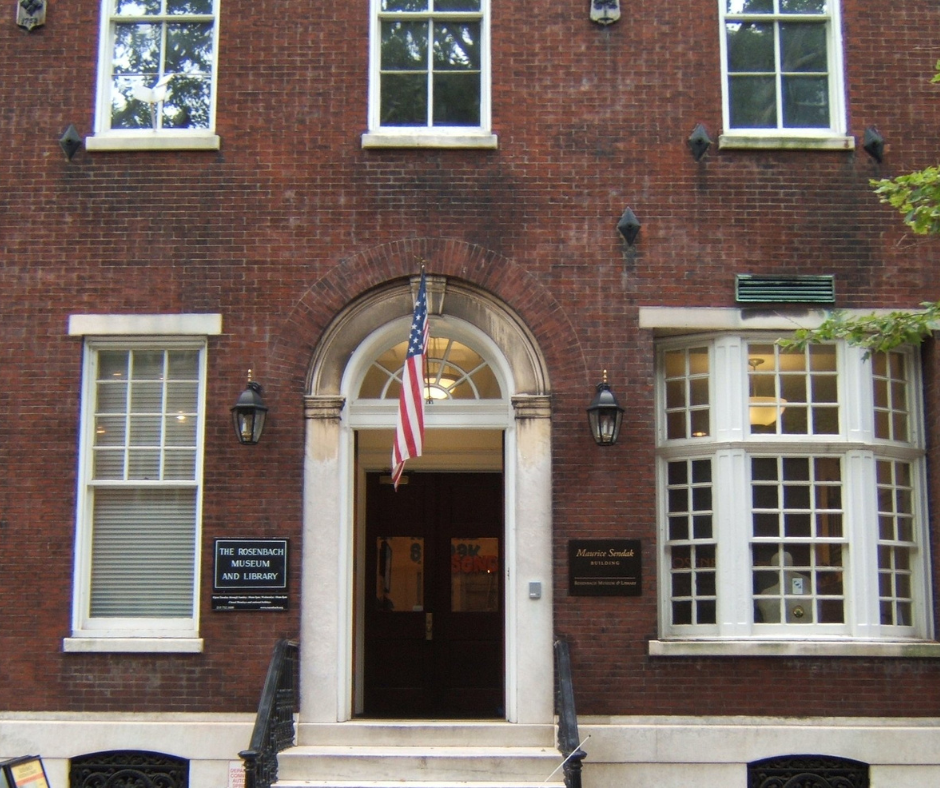

The Rosenbach Museum & Library in Philadelphia is renowned for its extraordinary collection of rare books, manuscripts, and miniature portraits. This unique institution offers a window into the literary and historical past, with holdings that include significant works from American and British literature. The collection of rare books and manuscripts encompasses a vast array of genres and periods—providing invaluable resources for researchers and literature enthusiasts.
In addition to literary works, the Rosenbach is notable for its collection of works by Maurice Sendak—the celebrated author and illustrator. This collection offers insights into Sendak’s creative process and includes original drawings and manuscripts—allowing visitors to explore the depth and breadth of his artistic contributions.
The inclusion of Sendak’s works adds a contemporary dimension to the museum—bridging the gap between historical manuscripts and modern literary art.
The Tyler School of Art’s Contemporary Art Gallery
The Tyler School of Art—part of Temple University in Philadelphia PA—is notable for its Temple Contemporary gallery. The gallery at this art school is distinguished by its commitment to displaying contemporary art that is both provocative and relevant to societal issues.
Temple Contemporary’s exhibitions are curated to reflect current social, political, and cultural themes, making the art showcased not just visually striking but also intellectually engaging. The types of art featured in the Temple Contemporary Gallery are diverse—ranging from installations and sculptures to paintings and multimedia works.
These exhibitions often involve interactive elements or incorporate new media—reflecting the gallery’s focus on innovative artistic practices. The gallery’s dynamic approach to art makes it a significant contributor to Philadelphia’s contemporary art scene—providing a platform for artists who push the boundaries of traditional art forms.
Woodmere Art Museum
The Woodmere Art Museum in Philadelphia is dedicated to preserving and showcasing the art and artists of the Delaware Valley. This focus offers a unique perspective on the region’s artistic heritage—spotlighting local artists who have contributed significantly to the area’s cultural landscape.
The museum’s collection includes a wide array of works, from traditional paintings and prints to contemporary sculptures and photographs. These diverse mediums provide a comprehensive view of the artistic talents and styles that have emerged from the Delaware Valley—making the Woodmere Art Museum an important institution for understanding the region’s artistic identity and history.
From Art to Culture: Other Museums in Philadelphia
The Franklin Institute
Dedicated to science and innovation, The Franklin Institute features interactive exhibits, an IMAX theater, and the famous walk-through heart, making it a hub of scientific learning and fun for visitors of all ages.
The Mütter Museum
The Mütter Museum is a medical museum that holds a collection of anatomical and pathological specimens, models, and antique medical equipment. It provides a deeply intriguing look into the history of medicine.
The Independence Seaport Museum
Located on Christopher Columbus Blvd in Philadelphia, The Independence Seaport Museum focuses on the city’s maritime history. It includes two National Historic Landmark ships: Cruiser Olympia and Submarine Becuna.
The National Constitution Center
The National Constitution Center is an interactive museum dedicated to the U.S. Constitution. It features exhibits that explore the history of its drafting and its ongoing impact on America.
The Museum of the American Revolution


The Museum of the American Revolution explores the story of the American Revolution through its extensive collection of revolutionary-era artifacts, bringing history to life for its visitors.
The Philadelphia Museum of Archaeology and Anthropology (Penn Museum)
The Penn Museum displays an array of artifacts from ancient Egypt, Rome, the Near East, East Asia, and the ancient Americas, offering insights into the lives of ancient civilizations.
The Please Touch Museum
The Please Touch Museum is a children’s museum aimed at learning through tactile experience. It is ideal for families with young children, encouraging interactive learning.
The National Museum of American Jewish History
The National Museum of American Jewish History examines more than 360 years of American Jewish life through its collections and exhibits, celebrating the Jewish experience in America.
Eastern State Penitentiary
Eastern State Penitentiary is a former prison that now offers tours about the history of incarceration in America, including the lives of its inmates, with a focus on its revolutionary system of solitary confinement.
The Betsy Ross House
The Betsy Ross House is a historic house museum where Betsy Ross is believed to have sewn the first American flag. It stands as a testament to her contribution to American independence.
The Fireman’s Hall Museum
Located in a restored firehouse, The Fireman’s Hall Museum celebrates Philadelphia’s firefighting history with a collection of artifacts and exhibits that tell the story of heroism and community service.
The Wagner Free Institute of Science
Situated on North Broad Street in Philadelphia, The Wagner Free Institute of Science preserves a Victorian-era exhibit hall that showcases 19th-century science, providing a unique educational experience.
The Chemical Heritage Foundation (Science History Institute)
The Science History Institute focuses on the history of chemistry and the molecular sciences, highlighting the significant developments and breakthroughs in the field.
The Simeone Foundation Automotive Museum
The Simeone Foundation Automotive Museum features a collection of racing sports cars in a setting that narrates the development of the sport through beautifully preserved vehicles.
The American Swedish Historical Museum
Located in South Philadelphia, The American Swedish Historical Museum is dedicated to preserving and educating about the history of Swedish contributions to America, featuring exhibits that highlight significant influences and stories.
The National Liberty Museum
Situated in the historic Old City district, near Independence Hall and the Liberty Bell, The National Liberty Museum focuses on heroes from all walks of life and cultural backgrounds who have contributed to the ideals of freedom and democracy, represented through contemporary art and historical artifacts.
Final Thoughts on Philadelphia’s Art Museums
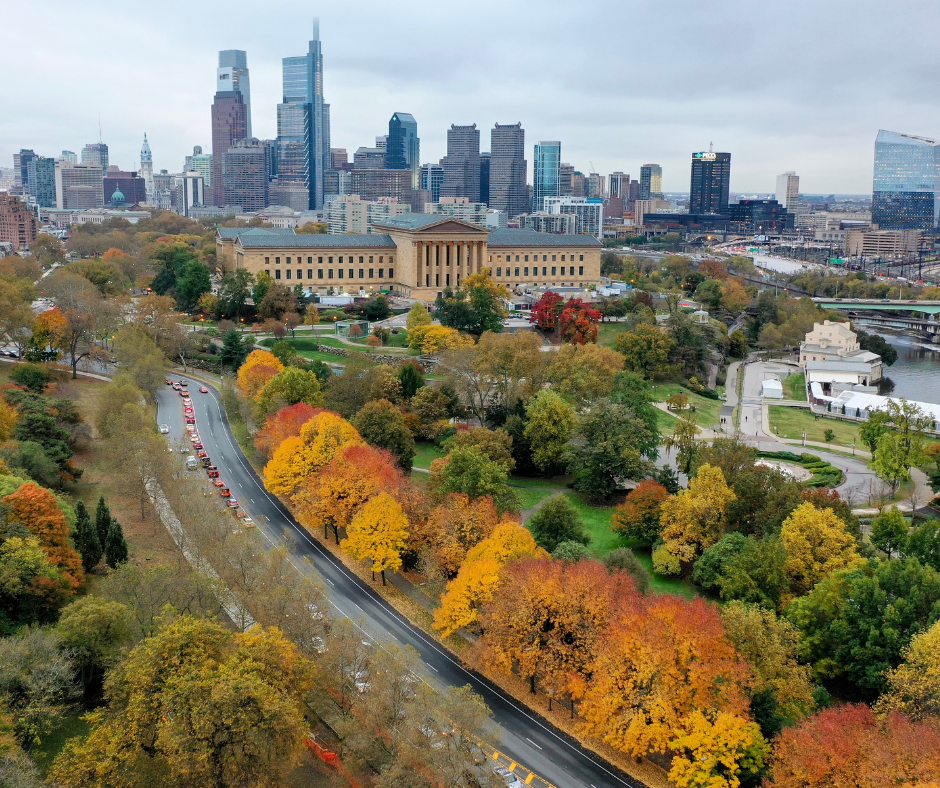

Philadelphia’s array of fine art museums presents a rich and diverse tapestry of artistic experiences—reflecting the city’s deep cultural heritage. From the historic collections of the Pennsylvania Academy of the Fine Arts to the contemporary explorations at the Institute of Contemporary Art, each institution offers unique insights into the world of art. This variety not only enriches the cultural landscape of Philadelphia but also provides invaluable opportunities for learning, exploration, and appreciation.
Readers are encouraged to delve into these cultural treasures, to discover and engage with the myriad artistic expressions that these esteemed Philadelphia museums so eloquently present. Beyond Philadelphia’s many art spaces, we also encourage readers to visit the city’s science and culture museums. These include the Mütter Museum, the Benjamin Franklin Museum, the Science History Institute, and the African American Museum.
DesignDash Tip
Don’t miss Independence National Historical Park, either. This expansive park encompasses more than one National Historic Landmark, including Independence Hall, the Liberty Bell Center, and Congress Hall. It also houses the Benjamin Franklin Museum mentioned above.
Design Dash
Join us in designing a life you love.
-
All About Our 7-Day Focus & Flex Challenge
Sign up before August 14th to join us for the Focus & Flex Challenge!
-
Unique Baby Names Inspired by Incredible Women from History
Inspired by historic queens, warriors, artists, and scientists, one of these unusual baby names might be right for your daughter!
-
Finding a New 9 to 5: How to Put Freelance Work on a Resume
From listing relevant skills to explaining your employment gap, here’s how to put freelance jobs on your resume.
-
What is Generation-Skipping, and How Might it Affect Sandwich Generation Parents?
The emotional pain and financial strain of generation skipping can be devastating for Sandwich Generation parents.
-
Four Material Libraries Dedicated to Sustainability, Preservation, and Education
From sustainable building materials (MaterialDriven) to rare pigments (Harvard), each materials library serves a specific purpose.
-
Do You Actually Need a Beauty Fridge for Your Skincare Products? (Yes and No.)
Let’s take a look at what dermatologists and formulators have to say about whether your makeup and skincare belong in a beauty fridge.






